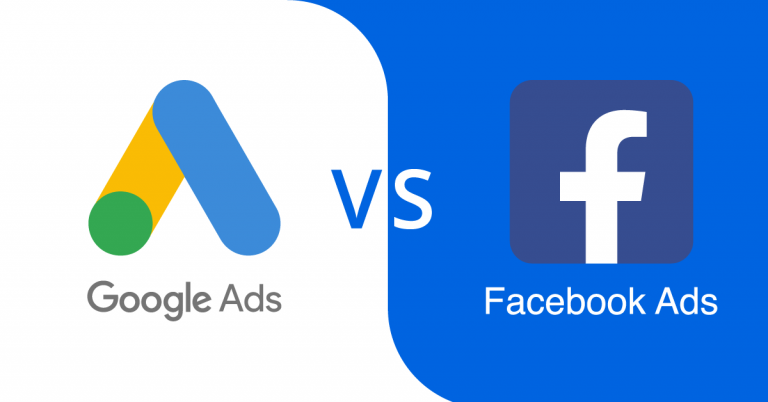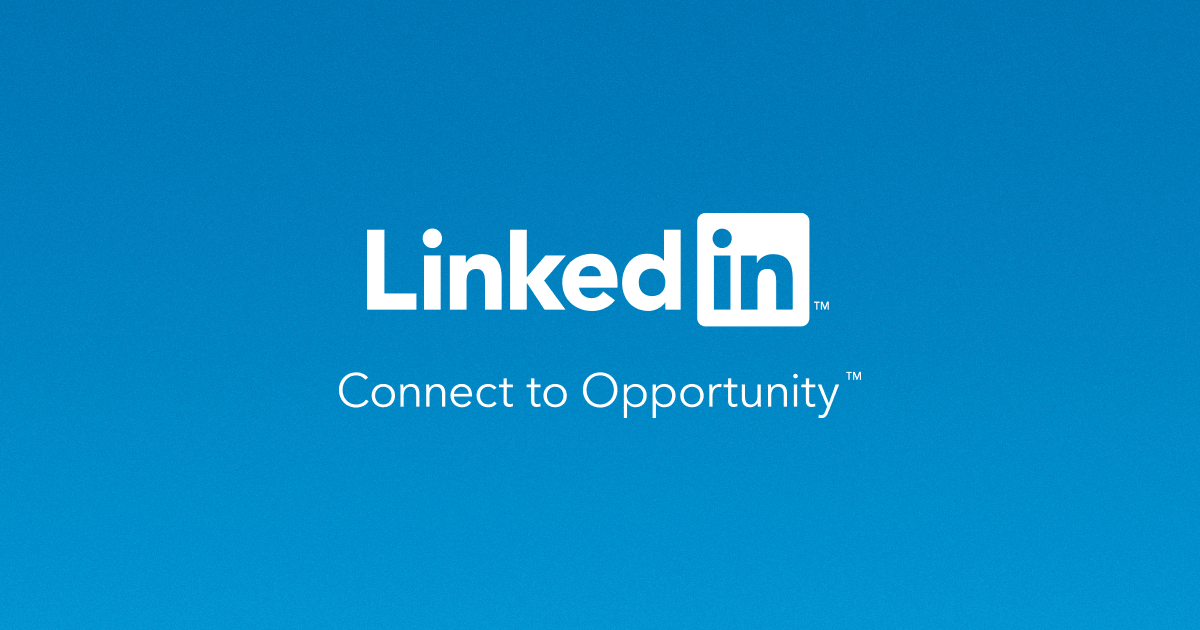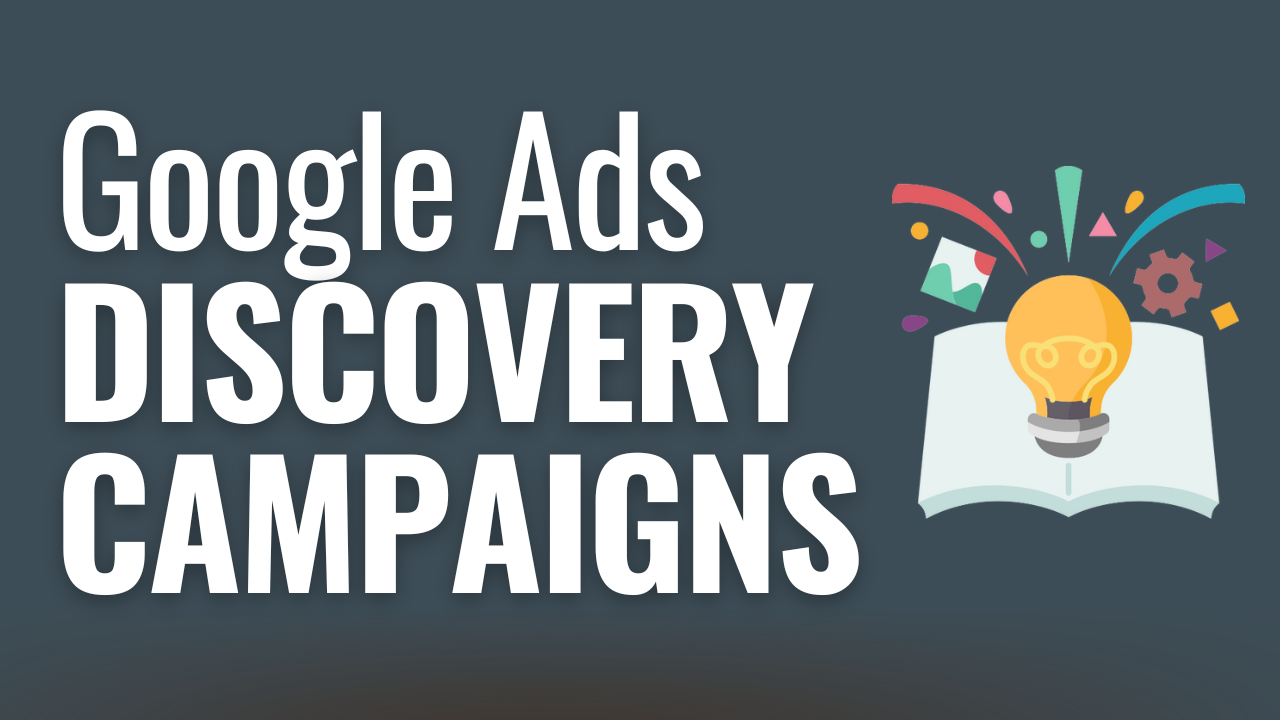- support@microwebsolutions.co
- Kanpur U.P-208021
Facebook Ads

Facebook Ads is an advertising platform provided by Facebook that allows businesses and individuals to create and manage targeted advertisements. With Facebook Ads, you can reach a wide range of Facebook users based on their demographics, interests, and behavior. These ads can appear in users' News Feeds, on the right column of the Facebook website, or within the Facebook Messenger app.
Here are some key features and aspects of Facebook Ads:
-
Ad Campaign Objectives: Facebook Ads offers various campaign objectives, such as increasing brand awareness, driving traffic to a website, generating leads, boosting post engagement, or increasing conversions.
-
Ad Formats: You can choose from various ad formats, including image ads, video ads, carousel ads, slideshow ads, collection ads, and more. Each format has its own specifications and best practices.
-
Ad Targeting: Facebook provides advanced targeting options to reach specific audiences. You can define your audience based on demographics (age, gender, location), interests, behaviors, connections, and more. Additionally, you can create custom audiences based on your website visitors, email lists, or app users.
-
Ad Budget and Bidding: Facebook Ads allows you to set a budget for your campaigns, either on a daily or lifetime basis. You can also choose between different bidding strategies, such as cost per click (CPC), cost per thousand impressions (CPM), or optimized bidding based on your campaign objective.
-
Ad Placement: You can choose where your ads will appear within the Facebook platform. This includes News Feed placements (desktop and mobile), right column placements, Instagram Feed and Stories placements (since Facebook owns Instagram), Audience Network placements (outside of Facebook), and Messenger placements.
-
Ad Performance Tracking: Facebook provides detailed insights and reporting on your ad performance. You can monitor metrics like impressions, clicks, reach, engagement, conversions, and more. This data helps you optimize your campaigns and make informed decisions.
-
Ad Testing and Optimization: Facebook Ads enables you to test different ad creatives, audiences, placements, and campaign settings to find the most effective combinations. You can run A/B tests and make data-driven optimizations to improve your ad performance.
It's important to note that the features and functionalities of Facebook Ads may evolve over time. Therefore, it's advisable to refer to Facebook's official documentation and resources for the most up-to-date information on using their advertising platform.
Frequently Asked Question
Sure! I can help answer frequently asked questions. Please go ahead and ask your question, and I'll do my best to provide you with a helpful response.
-
What is digital marketing?Digital marketing refers to the use of various digital channels and strategies to promote products, services, or brands online. It encompasses activities such as search engine optimization (SEO), social media marketing, content marketing, email marketing, and paid advertising, among others.
-
Why is digital marketing important?Digital marketing is essential because it allows businesses to reach a wider audience, target specific demographics, measure and track results, and interact with customers in real time. It offers cost-effective marketing solutions and provides opportunities for businesses to enhance their online visibility and brand reputation.
-
What are the key components of a digital marketing strategy?A digital marketing strategy typically includes:
Defining goals and objectives.
Identifying the target audience.
Conducting market research and competitor analysis.
Selecting the appropriate digital marketing channels.
Developing compelling content and creative assets.
Implementing campaigns and tactics.
Analyzing and measuring results.
Making data-driven adjustments and optimizations. -
How can I improve my website's search engine ranking?To improve your website's search engine ranking, consider the following:
Conduct keyword research and optimize your website's content with relevant keywords.
Ensure your website has a user-friendly design and good site structure.
Optimize meta tags, titles, and descriptions.
Build high-quality backlinks from reputable websites.
Create and publish fresh, engaging, and shareable content regularly.
Improve page load speed and mobile-friendliness.
Use alt tags for images and optimize multimedia elements.
Encourage social sharing and engagement.
-
What is social media marketing, and how can it benefit my business?Social media marketing involves using social media platforms like Facebook, Instagram, Twitter, LinkedIn, and others to promote products, services, or brands. It can benefit your business by:
Increasing brand awareness and exposure.
Building and nurturing a community of loyal followers.
Driving website traffic and generating leads.
Engaging directly with customers and receiving feedback.
Enhancing brand reputation and credibility.
Facilitating targeted advertising to reach specific demographics.
Conducting market research and gathering insights.
-
How can I measure the success of my digital marketing efforts?You can measure the success of your digital marketing efforts by tracking key performance indicators (KPIs) that align with your goals. Some common KPIs include:
Website traffic and page views.
Conversion rates and sales.
Click-through rates (CTRs) for ads and emails.
Social media engagement metrics (likes, shares, comments).
Return on investment (ROI) from advertising campaigns.
Customer acquisition cost (CAC) and customer lifetime value (CLV).
Email open and click rates.
Search engine ranking and organic search traffic.
-
What are some effective email marketing strategies?To enhance your email marketing efforts, consider the following strategies:
Personalize your emails based on recipient data and preferences.
Segment your email list to send targeted messages.
Craft compelling subject lines to improve open rates.
Provide valuable content and offers to engage subscribers.
Use clear and visually appealing email designs.
Optimize for mobile devices.
Test different email variations and analyze performance.
Automate email sequences for lead nurturing and customer onboarding.


